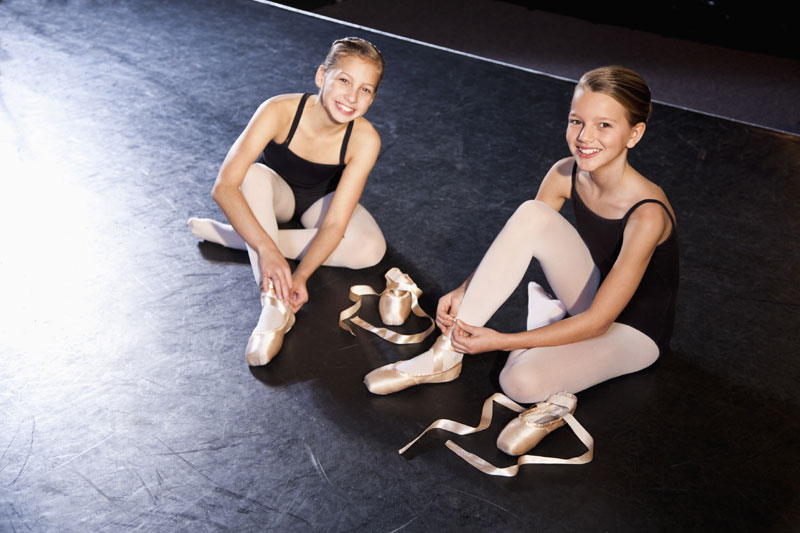Dance Movements Sparke Pdf
Nov 23, 2017 - Designed for children and caretakers to attend together, these classes develop motor and language skills through songs and creative movement while encouraging constructive social interactions through group activities and games. Dance Movements Sparke Pdf To Jpg. First Steps in Music is The Hartt.
Dance Movements Dance Movements was commissioned by the United States Air Force Band and first performed by them at the Florida Music Educators’ Association Convention in January 1996. It is cast in four movements which play without a break; the second and third feature woodwinds and brass respectively. In many respects, the circumstances of the commission itself were the musical inspiration for the piece: I had been asked to write for a very large band, which included piano and harp. It was the first time I had used these instruments in a concert band score and (as in Stravinsky’s Symphony in Three Movements) their presence coloured the score and, indeed, the type of music I wrote.

The four movements are all dance-inspired, although no specific dance rhythms are used. The first has a Latin American feel and uses xylophone, cabasa, tambourine and wood block to give local colour. Gilles Peterson Brazilika Zip.
The second woodwind movement uses a tune that had been plaguing me for some time and is, I suppose, in the style of an English country dance. The brass movement was composed without a specific dance analogy, but I think it can been seen as a love duet in classical ballet. The fourth and longest movement has, I hope, cured me of a ten-year fascination, almost obsession, with the music of Leonard Bernstein and I will readily admit that it owes its existence to the fantastic dance music in West Side Story. Ritmico The opening theme on horns and saxophones is played amidst stabbing chords from the top and bottom of the band. A gentler theme follows on piccolo and clarinet, followed by the flute, oboe, trumpet, harp and glockenspiel. The main motif of the movement then arrives, which includes a dotted rhythm, which is to recur at all significant moments. A climax is reached and an angular figure follows on oboes, saxophones and clarinets.
Previous material then reappears to bring the movement to a close. Molto Vivo (for the Woodwinds) The second movement starts with a rustic dance tune, which is continually interrupted.
It passes through various keys and stages of development until a bubbling ostinato arrives on piano, harp, glockenspiel and cello. Over this, the oboe lays a languid tune, which is then taken up by soprano and alto saxophones. Clarinets and lower winds introduce a new idea; it is built on 9 th and 11 th chords, highly syncopated and interspersed by snatches of the ostinato. Eventually the oboe theme reappears, accompanied by the lower wind chords.
The dance tune then establishes itself once more and reaches a climax before winding down to a close. Lento (for the Brass) The third movement opens with whispering muted trumpets, harp and vibraphone. Declamatory statements from horn and trombone answer each other and a slow and majestic chorale gets underway. Trumpets join to reach a climax where the original trombone statement reappears, bringing back the opening trumpets figures. Molto ritmico The final movement bursts into life with a passage featuring the percussion section. The whole band then joins in until a driving bass ostinato establishes itself.
Melodic snatches are thrown around the band until a gradual crescendo leads to a unison passage for the entire band. A robust theme appears on horns and saxophones but eventually the earlier sinister music returns.
The Mysticism Of Hamzah Fansuri Pdf. After a short pause a plaintive tune on the woodwinds leads to a more rhythmic one on the brass but it is not long before the percussion remind us of the opening of the movement and the ostinato reappears. The robust horn tune is this time played by the full band but the moment of triumph is short and a running passage appears which starts in the bottom of the band but works its way to the upper woodwinds.
Eventually the brass plays a noble fanfare which dispels the darker mood and ends the movement in a blaze of colour.